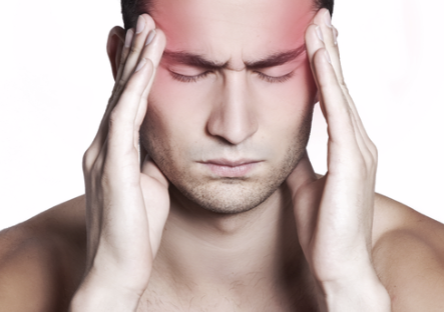Perhaps it could be a ‘cervicogenic’ headache. This is another term to describe a headache that originates from the neck due to damage or dysfunction of its components such as the bones, facet joints, soft tissue, ligaments, discs. Prolonged postures or repetitive movements of the neck can put stress on these structures over time and cause trauma. When this happens, pain can be referred to the head, causing headaches.The causes of this trauma causing cervicogenic headaches may be traumatic, for example from a car accident or heavy lifting, or develop progressively over time. There are may common causes we see in patients coming into the clinic, such as the following:
Poor posture/poor workstation set up
Repetitive movements of the neck (eg. Repetitive rotation turning between 2 computer
screens)
School students looking down to read/write at their desks
Lifting/carrying heavy objects
Sitting on train/bus/couch looking at laptop, Ipad, Phone
In mothers who are breastfeeding
Signs and Symptoms:
Cervicogenic headache usually presents with a constant dull ache normally situated at the base of the skull, but sometimes behind the eyes or temple region. It normally may be worse on one side, although can affect both. In severe cases it may cause dizziness, sensitivity to light or sensitivity to sound. The onset may be gradual and along with the head symptoms patients may experience neck pain, stiffness and difficulty turning their neck. In severe cases symptoms may include numbness and pins and needles into the shoulders, arms or hands. All this leading to decreased concentration.
Treatment:
It is best to be assessed by your physiotherapist to ensure correct diagnosis and treatment. Some treatments that may be used include; soft tissue techniques, joint mobilisation, exercise therapy. They will also be able to address any contributing factors such as poor posture and habits, and also inappropriate workstation set up.


